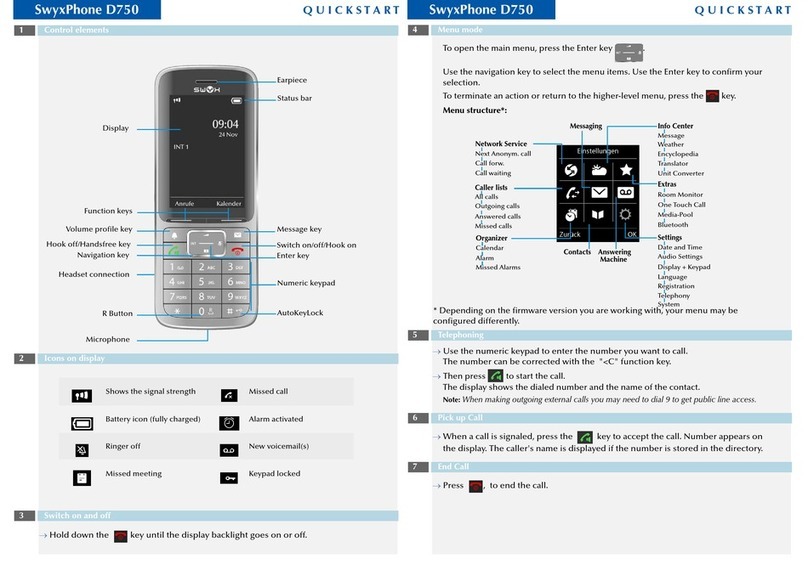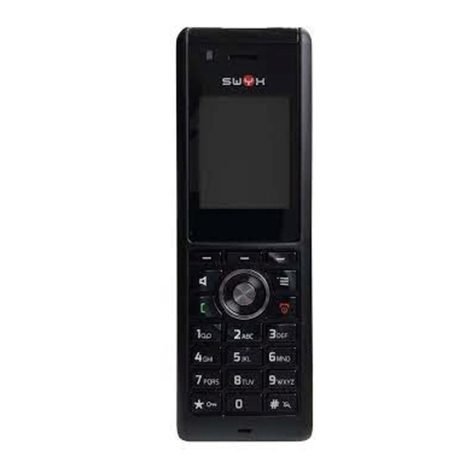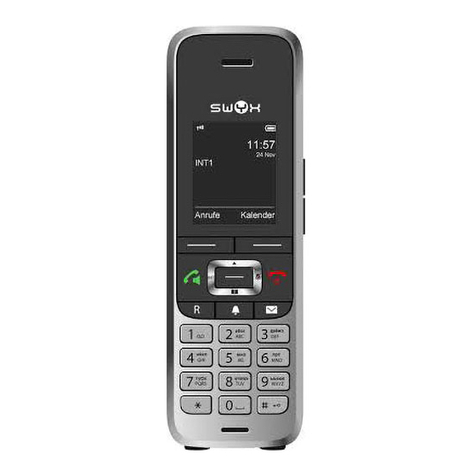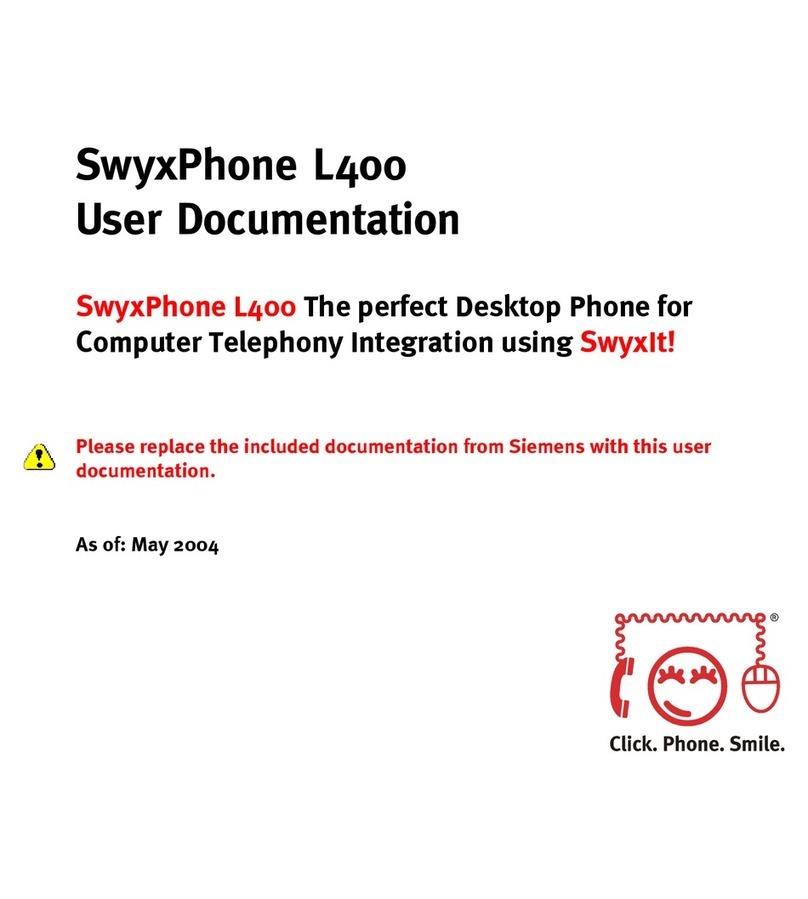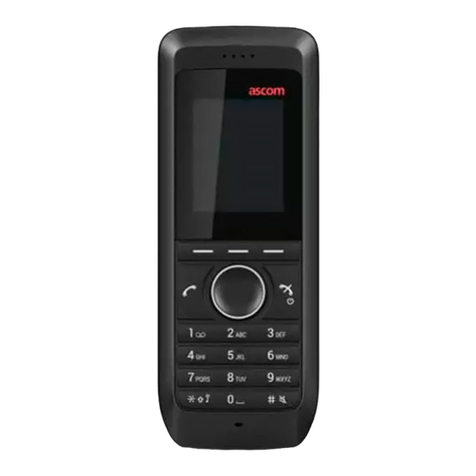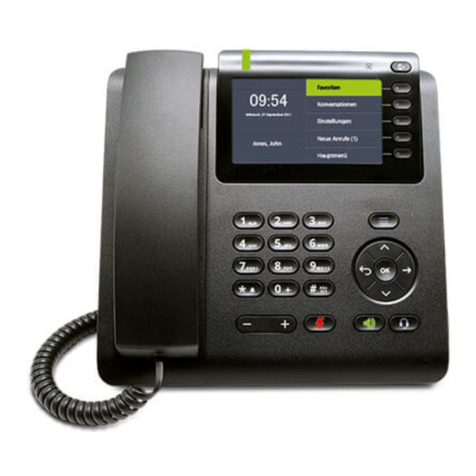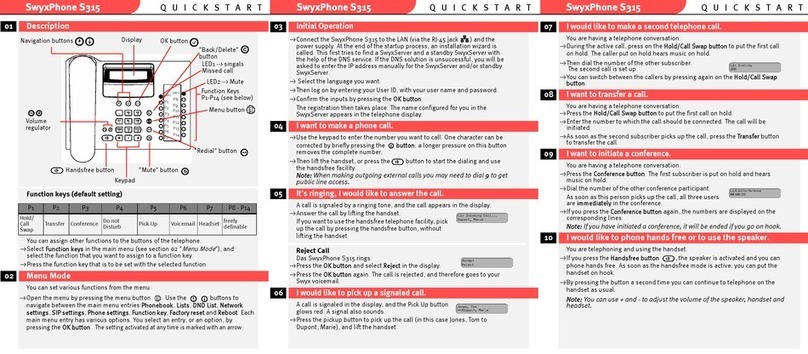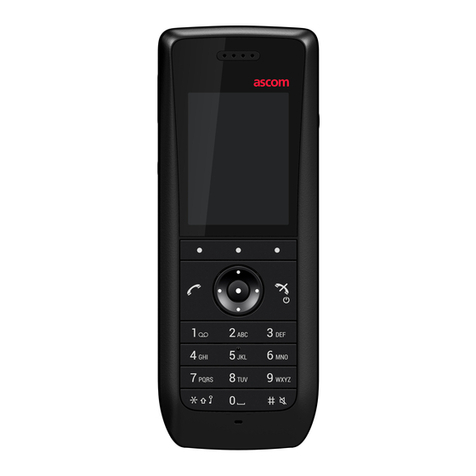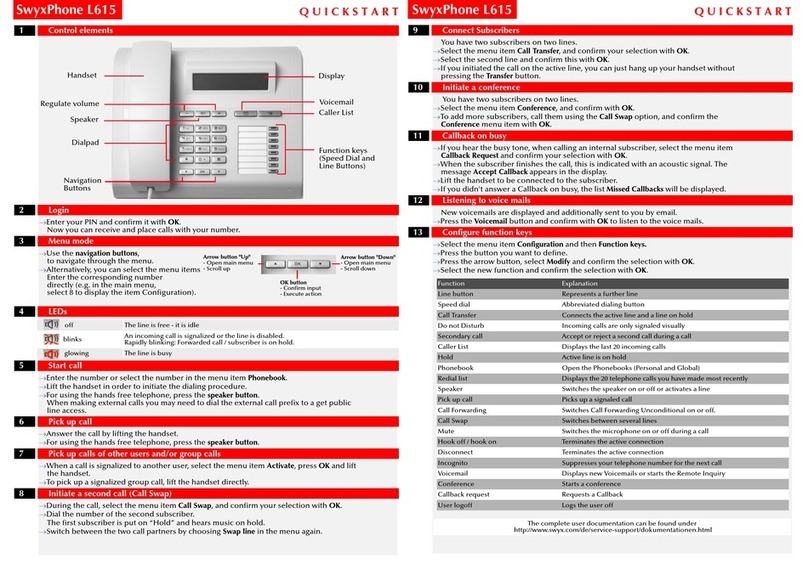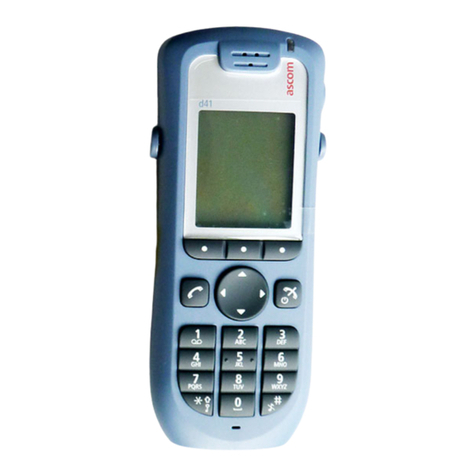
1
Safety precautions....................................................................................................... 3
Introduction................................................................................................................. 4
2.1 The SwyxDECT 700 .................................................................................. 4
2.2 Criteria for an optimum DECT wireless network............................... 5
2.2.1 Wireless coverage ............................................................................ 6
2.2.2 Capacity............................................................................................ 6
2.2.3 Overlapping and synchronising ...................................................... 7
2.3 How to proceed....................................................................................... 7
Projecting the DECT network.................................................................................... 8
3.1 Determining the requirements for the telephone network............ 8
3.1.1 Subscribers and subscriber behaviour............................................ 8
3.1.2 Environmental conditions................................................................8
3.2 Conditions for the positioning of the base stations ......................... 9
3.2.1 Features of the SwyxDECT 700......................................................... 9
3.2.2 Technical conditions........................................................................ 9
3.2.3 Installation guidelines...................................................................... 9
3.2.4 Synchronisation planning.............................................................. 10
3.2.5 Capacity measurement .................................................................. 11
3.2.6 Material characteristics and interference factors ......................... 13
3.3 Preliminary identification of the positions of the base stations ... 14
3.3.1 Creating a planning drawing ......................................................... 14
3.3.2 Positioning the base stations in the plan ...................................... 14
Taking measurements............................................................................................... 16
4.1 Defining limit values ............................................................................. 17
4.2 Measuring the wireless range of the planned base stations ......... 18
4.2.1 Measurement sequence ................................................................18
4.3 Measuring the cell of a base station................................................... 18
4.4 Measuring the synchronisation overlap of neighbouring
base stations ........................................................................................... 19
4.5 Evaluating measurements .................................................................... 21
Working with the SwyxDECT 700 SPK PRO.......................................................... 22
5.1 Checking the package contents.......................................................... 22
5.2 Further recommended accessories.................................................... 23
5.3 Setting up the measuring base station .............................................. 23
5.3.1 Preparing the base carrier.............................................................. 23
5.3.2 Charging the batteries ................................................................... 24
5.3.3 Alternative power supply............................................................... 24
5.3.4 Mounting the measuring base station on the stand ..................... 25
5.4 Starting up the measuring handset .................................................... 25
5.4.1 Connecting the charging cradle .................................................... 26
5.4.2 Inserting the batteries and closing the battery cover ................... 26
5.4.3 Initial charging and discharging of the batteries .......................... 26
5.4.4 Connecting a headset to the handset............................................ 27
5.5 Operating the measuring handset ..................................................... 27
5.5.1 Display in metering mode.............................................................. 27
5.5.2 Checking the quality of the connection to the measuring
base station..................................................................................... 28
5.5.3 Activating/deactivating the measuring handset ............................ 28
5.5.4 Activating/deactivating speaker mode .......................................... 28
5.5.5 Activating/deactivating metering mode ........................................ 29
5.5.6 Changing the settings for metering mode .................................... 29
DECT installations in special environments........................................................... 31
6.1 DECT networks over several floors .................................................... 31
6.2 Stairwells and lifts.................................................................................. 31
6.3 Several buildings.................................................................................... 31
6.4 Outside area ........................................................................................... 31
6.5 Handover over the whole site............................................................. 32
Help, Enviroment, Care, Accessories...................................................................... 33
7.1 Customer care and help....................................................................... 33
7.2 Environment ........................................................................................... 33
7.2.1 Environmental management system ............................................. 33
